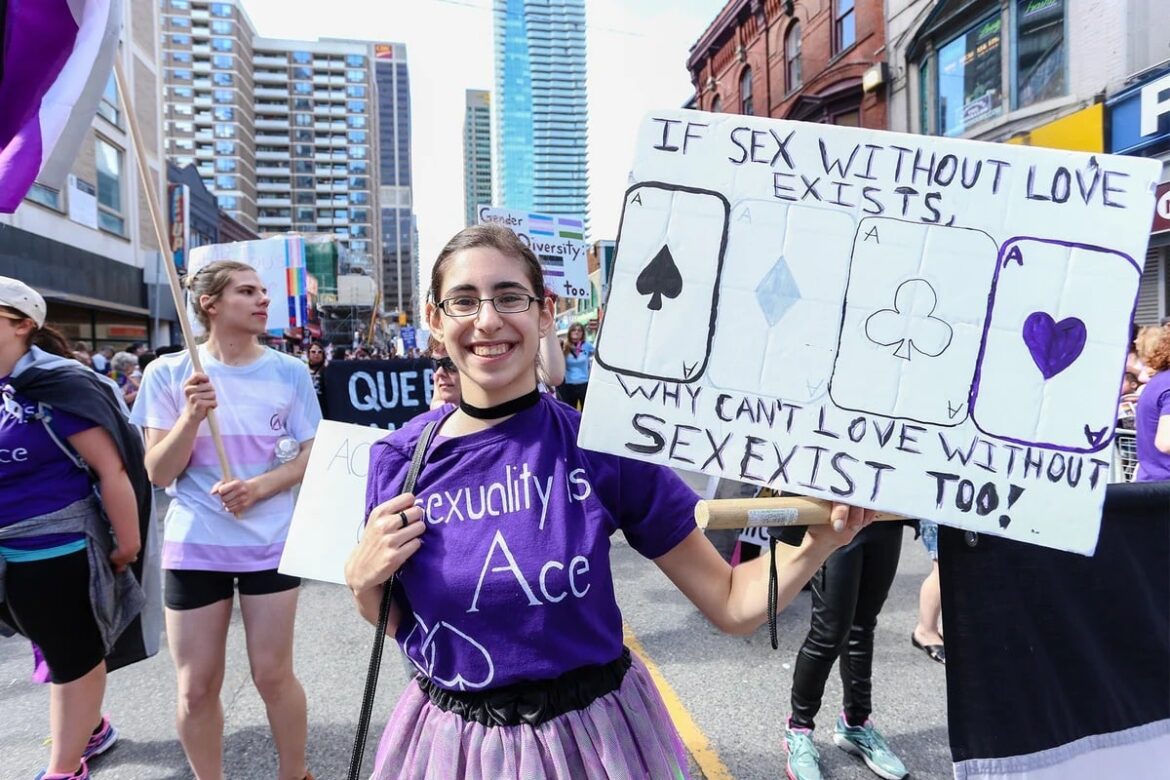The definition of “asexual” can sometimes be difficult to understand—not least because it is not a clearly defined category, but rather a spectrum. Asexuality is not synonymous with abstinence or insensitivity, but describes a recognized sexual orientation.
Asexual: What the definition really means
Asexuality refers to the persistent or permanent absence of sexual attraction to other people. This does not necessarily mean that asexual people do not have sex or relationships – rather, they feel little or no sexual desire for other people. Asexuality encompasses a broad spectrum that includes a variety of experiences and feelings. Common subcategories include:
- Demisexuality: Sexual attraction is only felt when there is a deep emotional connection with another person.
- Gray sexuality (gray-asexual): Sexual attraction is rarely experienced or only under very specific conditions.
- Sex-positive asexuals: Some asexual people do not experience sexual attraction, but have positive or neutral attitudes toward sex and may engage in it occasionally for other reasons.
- Aromantic: Regardless of sexual feelings, aromanticism describes the absence of romantic attraction—it is not a subset of asexuality, but can occur together with it. Romantic and sexual orientation are different levels. An asexual person can, for example, be heteroromantic, homoromantic, or aromantic.
- Asexuality is part of the LGBTQIA+ spectrum and stands for the “A” in the acronym, alongside other identities such as lesbian, gay, bisexual, trans, queer, and intersex. It is a legitimate sexual orientation and not a disorder or illness. Estimates suggest that around 1% of the population may be asexual.
Asexuality does not automatically mean abstinence
A common misconception is that asexual people do not have sex. In fact, there are many reasons why an asexual person might have sex – even if they have little or no sexual attraction:
- Desire to have children and family planning: Some asexual people decide to have sexual relationships despite a lack of sexual attraction – e.g., as part of family planning because they want to have children. A cycle app could help them achieve their goal by monitoring their cycle.
- Affection or intimacy in a relationship: For asexual people, sex can also be a way of expressing affection and intimacy in a relationship, regardless of their own sexual attraction.
- Desire to do something nice for your partner: Some asexual people have sex to do something nice for their partner and to consider their partner’s needs in a loving relationship.
- Asexuality describes the absence of sexual attraction, not necessarily behavior or practice. Some people live abstinent lives – others do not. It is important that each person decides for themselves, of their own free will and according to their own well-being, how far they want to go sexually.
Asexuality: Not to be confused with abstinence or celibacy
Asexuality is not a conscious decision, but a sexual identity. This is the difference between asexuality and celibacy or sexual abstinence.
- Sexual abstinence: Sexual abstinence refers to the voluntary renunciation of sexual activity, regardless of one’s own perceived attraction.
- Celibacy: Celibacy is a religiously motivated, permanent renunciation of sexuality.
- Asexual people do not choose their orientation, they simply experience it. It is therefore not a temporary behavior, but part of their identity.
Social interaction and prejudice
Despite growing visibility in the media and communities, asexuality is still often misunderstood—or even pathologized. Communities mean mutual exchange, mutual support, and the feeling that you are not alone with your experiences. Common prejudices that asexuals have to contend with include, for example:
- Some asexual people experience social pressure to “have” sex. For example, pressure arises in romantic relationships, through media images, social expectations, or comments from their social environment such as, “You just haven’t found the right person yet” or “Sex is just part of life.”
- They are sometimes confronted with accusations of being “disturbed” or “uptight.”
- Sometimes they are even recommended to seek therapy or medication, even though there is no medical need.
- Asexuality is not a disease and does not require treatment. It is as natural as other sexual orientations.
- Visibility and community offerings: In recent years, numerous networks, organizations, and online forums have formed where asexual people can connect. Platforms such as AVEN (Asexual Visibility and Education Network) provide a space for exchange. Asexuality is also becoming more visible in the LGBTQIA+ movement through the black, gray, white, and purple Pride flag, which symbolizes the asexual spectrum.

